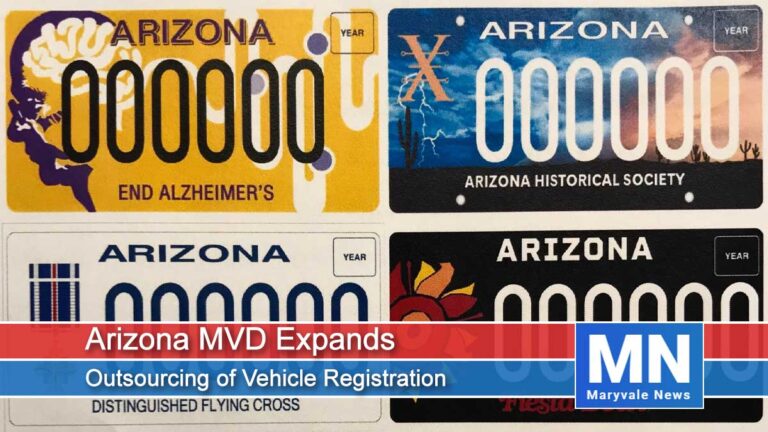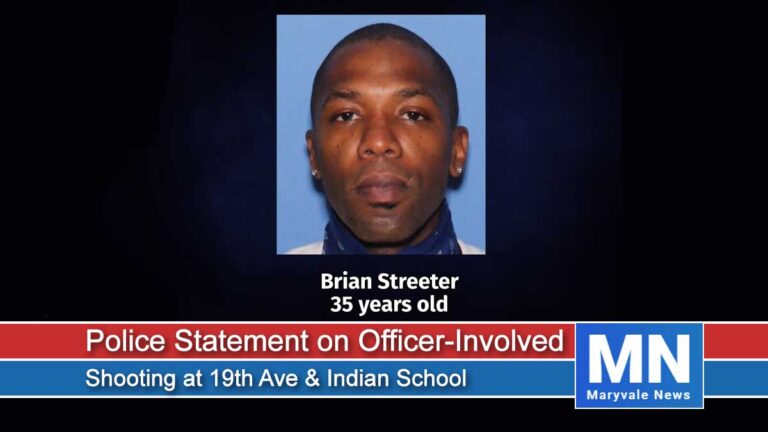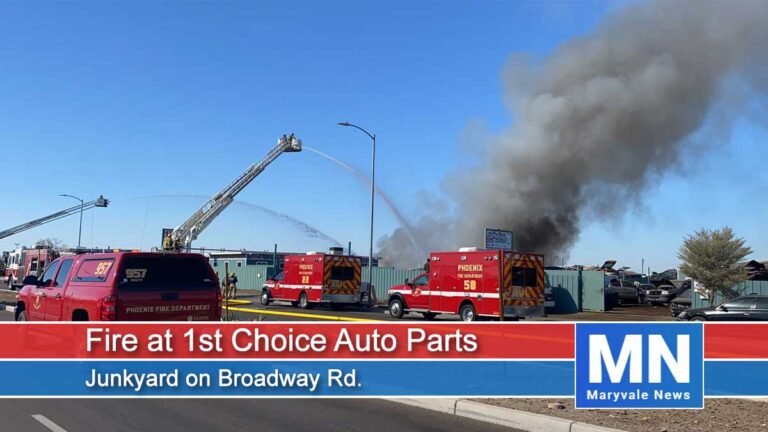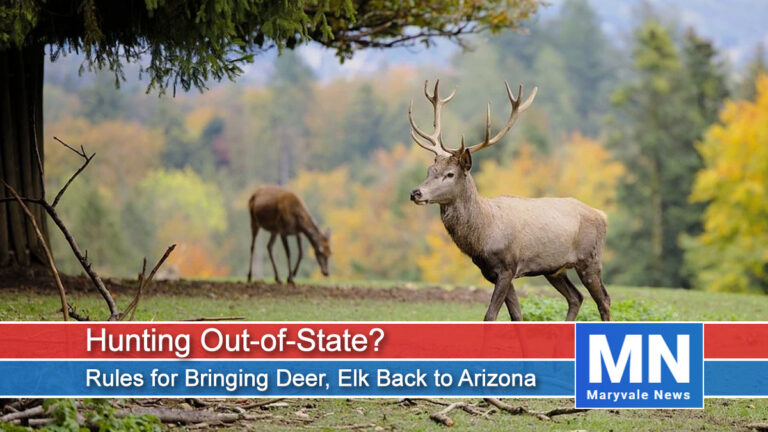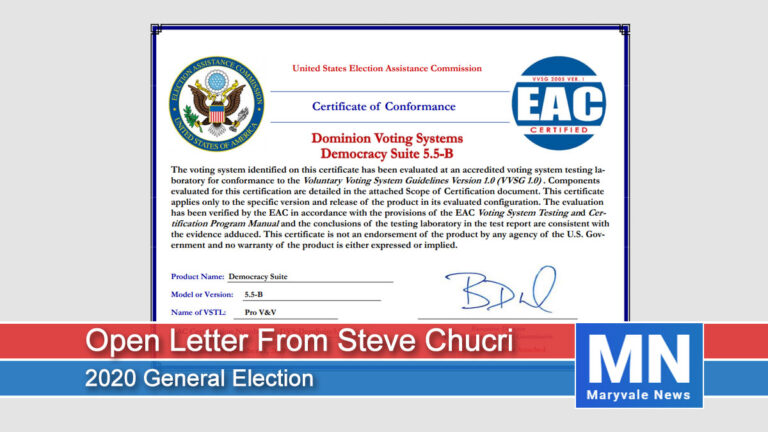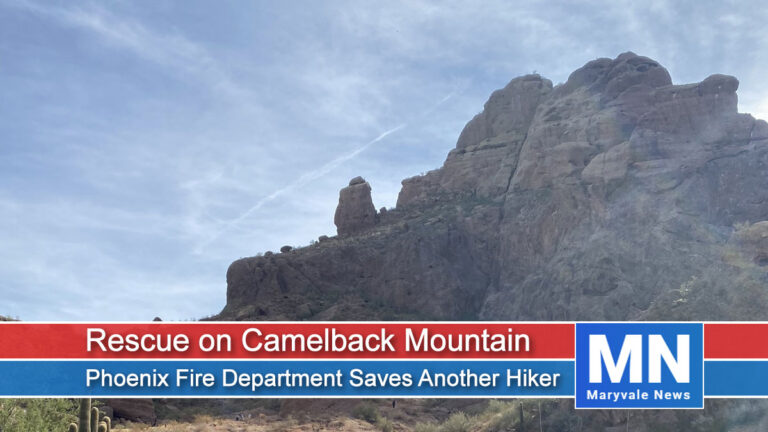💸 Chase Field Renovation Plan: What You Need to Know
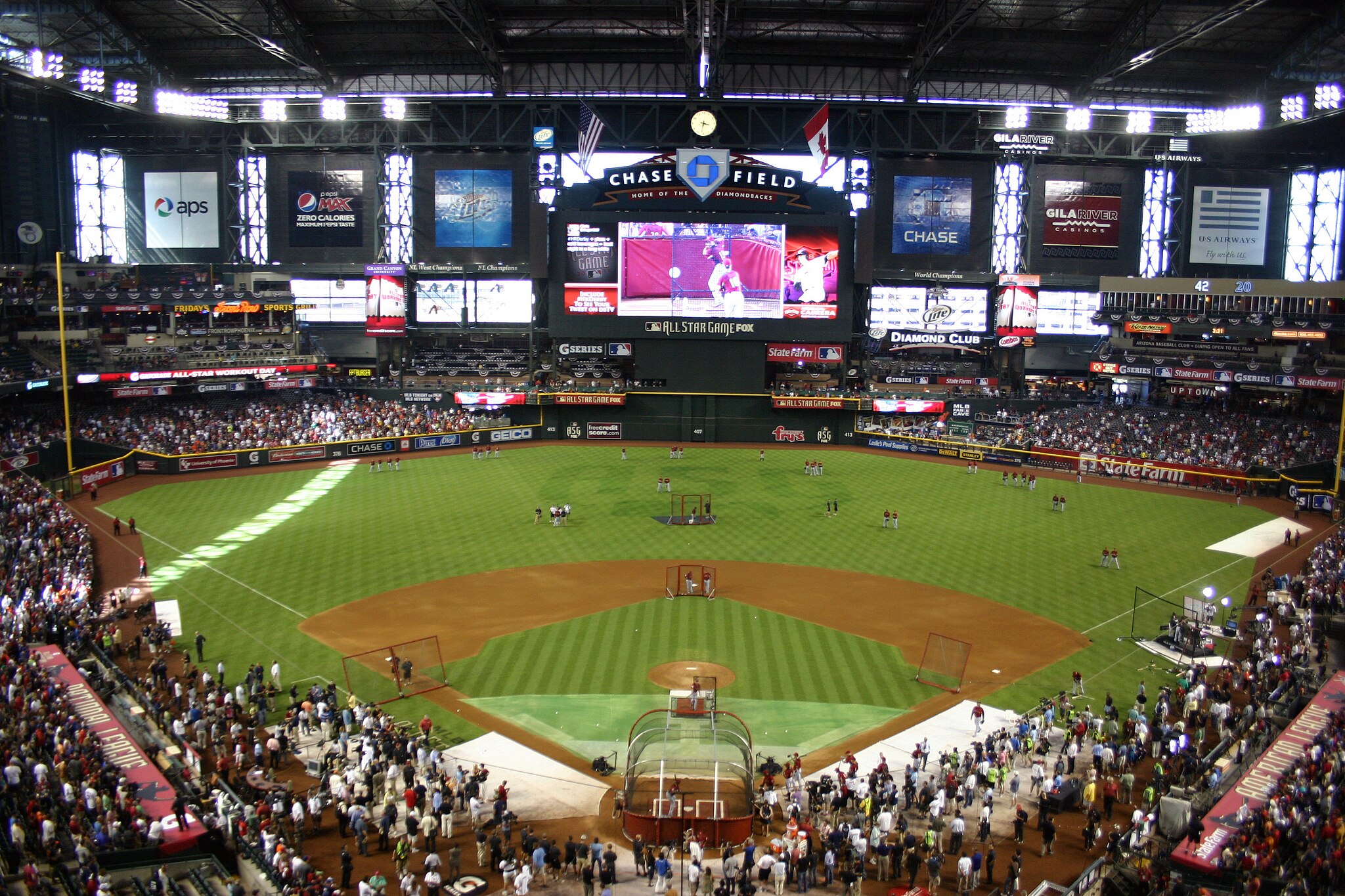
Arizona lawmakers have approved a controversial plan to allocate $500 million in public funds for improvements to Chase Field, the home of the Arizona Diamondbacks. The bill recently passed the state Senate and is advancing through the Legislature with support from local business groups—and growing resistance from voters who call it welfare for the wealthy. This significant investment is aimed at the Chase Field renovation to modernize the stadium.
🏟️ What’s Being Renovated?
The Chase Field renovation aims to modernize one of Major League Baseball’s oldest stadiums, enhance the fan experience, and secure the Diamondbacks’ long-term stay in downtown Phoenix. Planned improvements include:
- New seating and shade structures
- Concession upgrades
- Modernized restrooms
- Technology enhancements
- Structural, mechanical, and cooling system repairs
Without upgrades, team officials say Chase Field may no longer be viable within a decade. The stadium, built in 1998, has fallen behind its peers in terms of amenities and efficiency. With teams across the league moving to newer, more lucrative venues, the Diamondbacks say they need to keep pace—or risk leaving.
💰 The Real Numbers Behind the Chase Field Renovation
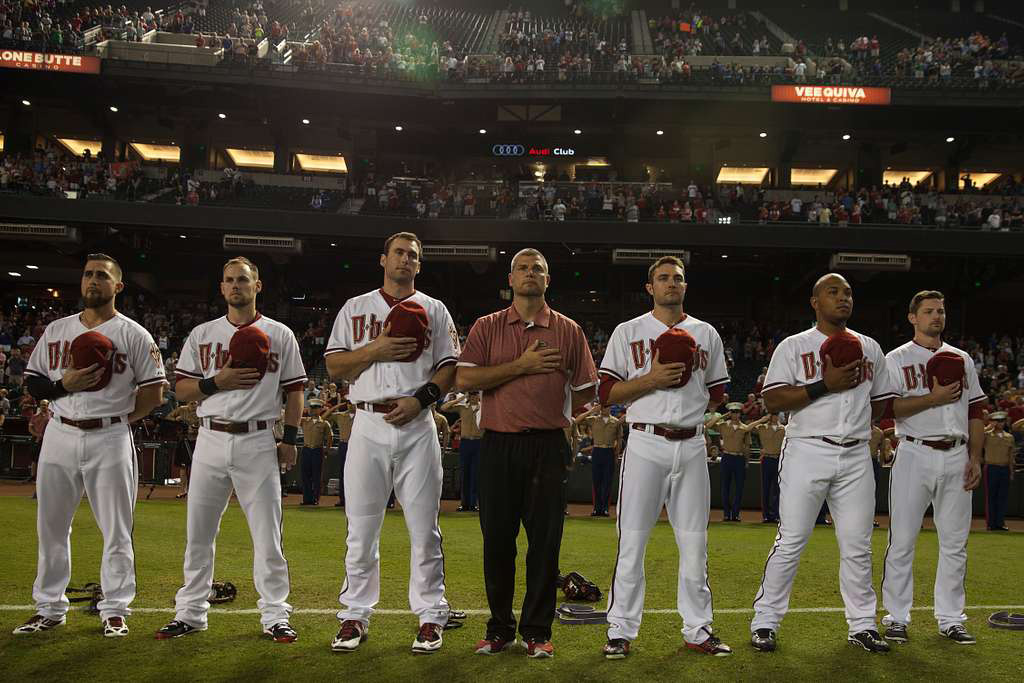
The bill authorizes $500 million in taxpayer money, to be raised through redirected sales taxes at and around the stadium over the next 30 years.
The Diamondbacks ownership has pledged an additional $250 million, but that figure is not legally binding—a key detail drawing criticism. The law only includes vague language that the team “intends” to contribute to the Chase Field renovation, but it contains no enforcement mechanism.
| Stakeholder | Contribution | Notes |
|---|---|---|
| Taxpayers (State & Local) | $500M | Redirected sales tax (30 years) |
| Diamondbacks Ownership | $0–$250M | Pledged, but not enforceable |
| Total Estimated Cost | $750M | 67% public, 33% private if paid |
The legislation also includes a clause stating that if the Diamondbacks relocate before 2035, they would be responsible for repaying any remaining debt—a weak form of financial accountability that critics say doesn’t go far enough.
🧾 What Phoenix Residents Will Pay
While the tax is targeted at Chase Field activity, a substantial portion will still come from local consumers. Phoenix-area residents are projected to pay up to $180–$200 million through:
- Restaurant and bar sales
- Retail purchases near the stadium
- Stadium-related purchases like parking and merchandise
No direct rebates or benefits are included for taxpayers, despite their financial role. Even residents who never attend a game will be helping to subsidize one of the wealthiest franchises in the league.
🗣️ Voices from the Community
Online comments reflect mounting public frustration about the Chase Field renovation:
“We paid to build it. We pay to attend. Now we pay to renovate? All while they run to the bank with millions.” — Nadine Z.
“I’m supposed to support them with my TAXES? Are you kidding me?” — Michael Rodgers
“They should set up a GoFundMe instead of taxing people who can’t afford tickets.” — Jeff Wagner
Some supporters argue that the team boosts downtown Phoenix’s economy and that losing the Dbacks would hurt local business.
“People come here for games. They spend money. Jobs are created. It would be worse on our treasury if they left.” — Lawrence W.
“If the team leaves, we lose tourism, jobs, and tax revenue. That’s the real cost.” — Cody G.
Still, many others view the stadium funding as part of a larger pattern of public money flowing to private profits.
“Where’s the financial benefit to the people? I’ve never seen it. Just traffic.” — Perry S.
⚖️ Public Benefits vs. Costs of the Chase Field Renovation
| Category | Public Benefit | Public Cost/Risk |
| Economic Development | Job preservation, increased tourism | No direct returns to taxpayers |
| Stadium Access | Upgraded fan experience, possible public events | Prices still unaffordable for many families |
| Business Boost | Local businesses benefit from game-day traffic | Tax burden not limited to those who benefit |
| Team Retention | Keeps Diamondbacks in Phoenix | No binding long-term stay clause in legislation |
| Civic Identity | Shared community asset and pride | Revenue stays with private team ownership |
🔥 The Heart of the Controversy: Welfare for Billionaires?
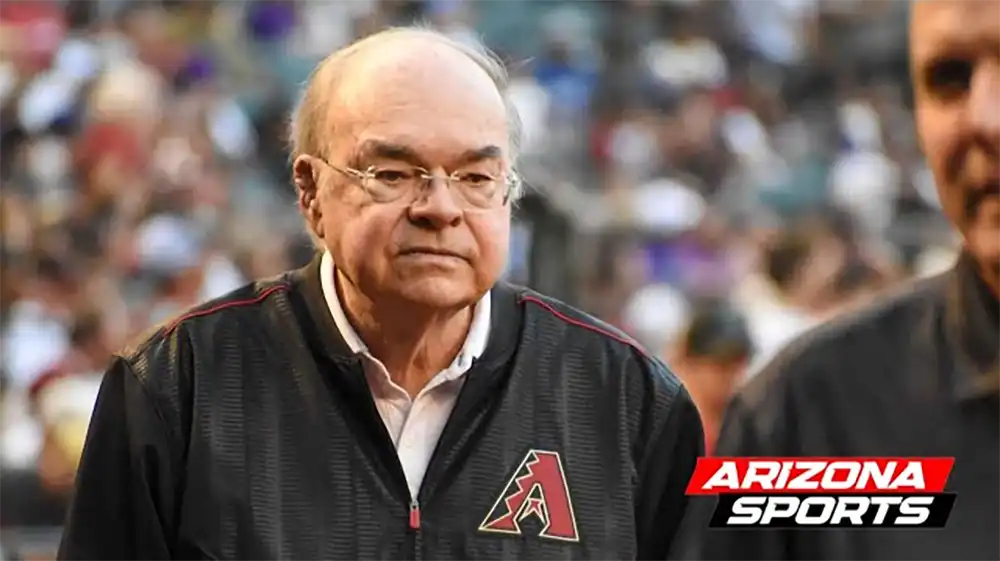
While the state commits half a billion in taxpayer money, Diamondbacks owner Ken Kendrick and his partners are not legally required to contribute their pledged $250M. Critics say it’s corporate welfare.
The public pays. The Diamondbacks profit.
They will:
- Keep all revenue from tickets, concessions, naming rights, and merchandise
- Benefit from a publicly funded asset with no obligation to profit-share
- Face no penalty unless they leave before 2035
“This is nothing but welfare for a business,” one commenter wrote. “We get nothing in return.”
The core question remains: Should public dollars fund a facility where private interests reap the financial rewards?
🏛️ What’s Next?
The bill still requires final approval in the House and Governor Katie Hobbs‘ signature. Calls for a public referendum are growing louder, but one is not required by law. Meanwhile, local organizations are pushing for greater transparency and a formalized private investment commitment.
With rising public pressure and no binding private investment, many are asking:
Is the Chase Field renovation a smart investment in community infrastructure—or a $500 million giveaway to a billionaire’s business?

